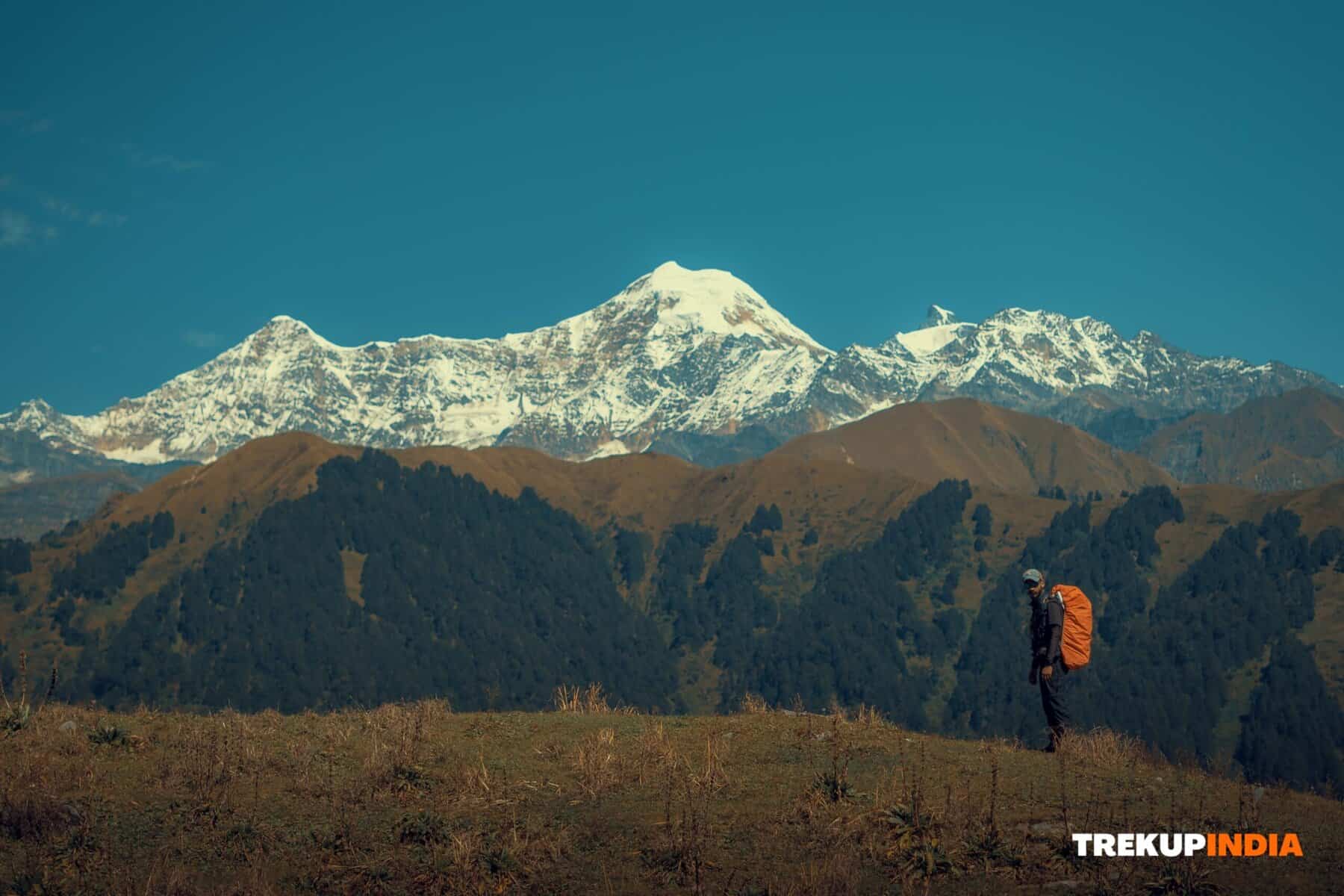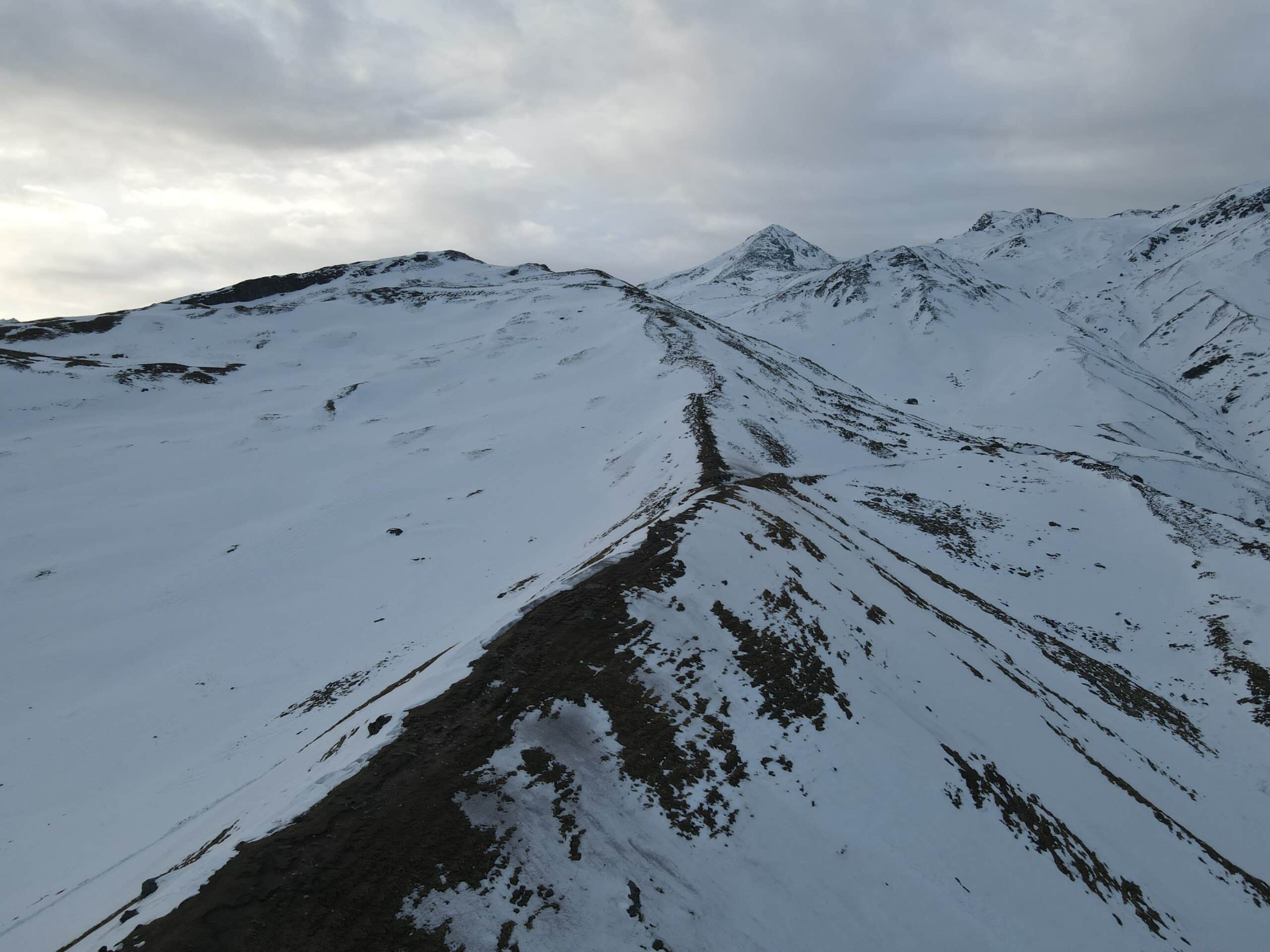Efficient Road Trip Breaks: Maximize Rest Stops, Minimize Travel Time
On Himalayan treks, each moment of rest can either replenish energy levels or slow your speed. TrekUp India has seen both extremes at work: those working too hard without rest, only to crash early in the morning and burn out; as well as those staying too long and losing body heat from sunlight exposure. To keep warm during these treks, schedule frequent, deliberate breaks that refresh without taking away too much of the valuable trekking time.
Why Break Management Matters
- Preserves Energy: Break management can conserve energy Short, focused breaks give your muscles time to heal without becoming stiffer over time.
- Maintain a Daylight Buffer: In the mountains, darkness can fall quickly; every second counts when it comes to keeping daylight levels constant.
- Regulate body temperatures: The long stops you make under shaded conditions or in winds could cause your body temperature to decrease, particularly at higher altitudes.
- Keeps Group Rhythm: Consistent speed with short stops helps the group maintain its tempo. Doing this also keeps spirits high among members.
The TrekUp India Rest Stop Formula
- Take Time Out Before Exhaustion
Before realizing it’s too late to stop breathing properly and breathe deeply again, the TrekUp India Rest Stop Formula requires rest before exhaustion has set in.
Set a goal of taking at least one or twominute rest breaks every 3045 minutes when on flat terrain; in steep climbs, it should occur more frequently.
- Locate an Appropriate Site
To find an best spot, you must look for flat, secure areas that don’t contain rockfalls or the landslide zone.
Your best weather will include both sunny spots and shaded areas: you need the former during the cooler months, while the latter ones provide respite from summer heat.
Ensure your backpacks are easily accessible without obstructing your progress on the route.
- Precise Hydration and Nutrition
Rather than drinking your water directly, take small sips to prevent abdominal cramping and a heavy stomach. This strategy could prevent abdominal spasms and heavy stomach syndrome.
Take advantage of these quick stops to grab small snacks such as dry fruit bars, energy bars, or trek mix.
Save important meals for lunch breaks.
- Travel Light, Be Prepared
Carry only what is necessary and leave any extraneous baggage behind.
If a change to the layers is necessary, make a quick decision regarding whether or not they need to be added/subtracted before zipping them up and proceeding.
Keep caps, gloves, and snacks handy by placing them in outer pockets that are easily accessible.
- Apply the “5 Minute Rule.”
Take frequent short breaks of 3 to 5 minutes to sip, adjust beverages, and relax.
Extended breaks may last up to 5 minutes unless they serve as a lunch break or are essential to regrouping efforts.
Select someone in your group as the “timekeeper”, who will indicate when it is time to restart.
- Maintain Warm Muscles
Lightly stretch your legs, roll your shoulders, or walk into the same place during breaks to warm your muscles up and keep them loose.
Be cautious when sitting on damp and cold floors, as this can further tense your muscles and reduce flexibility.
Group Dynamics The TrekUp India Way
- Front Leaders Set the Pace they also set when and for how long a stoppage occurs.
- Trek leader Monitors laggers help ensure that no one gets left out.
- Utilize group members to avoid continued restarts and maintain momentum in completing your mission.
Golden Rule:
Breaks should be used to refuel rather than procrastinate. Mountain paths reward people who arrive on schedule; taking breaks could add 10 minutes to that process and ensure you reach camp before temperature or daylight changes require you to set up camp early enough for comfortable camping arrangements.
Conclusion
Effective rest stops aren’t about minimizing recovery; instead, they should focus on being goaloriented. By following the TrekUp India Rest Stop Formula, Trekkers can strike a balance between conserving energy and staying warm while making use of daylight hours. A timely rest stop not only benefits your body and team morale positively, but can be the difference between an enjoyable camping experience and one full of frustration against cold temperatures.
Share this article
Want To Trek Like Pro?
Basically, watch these videos if you want to trek the same way professional trekkers do and make your skills better. These videos contain useful tips and techniques to further improve your trekking skills itself. These videos actually help both new and experienced trekkers improve their trekking skills. These videos definitely provide useful tips that make your trek better. We are seeing that these videos by Trekup India experts will only help you make your trekking skills better.







Know Everything About Acute Mountain Sickness
Acute Mountain Sickness occurs when people trek to high altitudes above 8,000 feet. This condition itself develops further due to reduced oxygen levels at such heights. Basically, as you go higher up, the air pressure and oxygen levels decrease, which causes the same problem. Acute Mountain Sickness surely causes headache, nausea, vomiting, and dizziness in affected persons. Moreover, peoples also experience difficulty in sleeping during this condition. To avoid mountain sickness, you should actually trek up slowly to higher altitudes. To learn further about this condition itself, watch the videos by Trekup India.









